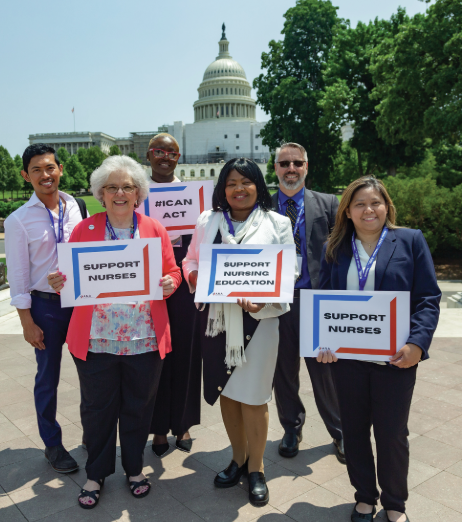In today’s educational landscape, leadership is no longer just about making decisions from the top down. Participative leadership, which emphasizes collaboration, shared decision-making, and open communication, is becoming an essential approach for school success. When leaders invite diverse perspectives and genuinely involve others in shaping the school’s direction, they foster a stronger, more inclusive community where every voice matters.
What Is Participative Leadership?
Participative leadership, also known as democratic leadership, involves including teachers, staff, students, and sometimes even families in the decision-making process. Rather than issuing directives, participative leaders seek feedback, encourage dialogue, and promote transparency. This leadership style builds trust, enhances morale, and supports a sense of shared responsibility across the school community.
Encouraging Student Voice
A cornerstone of participative leadership is empowering students to take part in school governance and initiatives. This can be done through student councils, feedback forums, classroom discussions, and peer-led projects. When students feel that their opinions are valued, they are more likely to be engaged, motivated, and confident in expressing their ideas. Elevating student voices nurtures self-efficacy and a sense of belonging.
Collaborative Decision-Making
Participative leadership also strengthens teamwork among teachers and staff. Educators who feel heard and supported are more likely to innovate and invest in school improvement. Whether through collaborative curriculum planning, joint problem-solving, or shared leadership teams, this inclusive approach can lead to more thoughtful, effective strategies that benefit the entire school community.
Promoting Respectful Dialogue
Open communication is vital to participative leadership. Leaders set the tone by modeling active listening, empathy, and a willingness to consider different viewpoints. When all members of the school community feel safe to speak openly and respectfully, it cultivates a positive environment rooted in trust and mutual respect.
Building a Culture of Ownership
When individuals at every level feel ownership of the school’s mission and values, they are more committed to its success. Participative leadership helps everyone feel responsible for outcomes—not just leaders at the top. This collective responsibility drives sustained progress and supports long-term goals.
Conclusion
Participative leadership is not just a method—it’s a mindset. By elevating voices and encouraging collaboration, school leaders create a more dynamic and supportive learning environment. When students, teachers, and staff are empowered to lead alongside administrators, the entire school community thrives.














